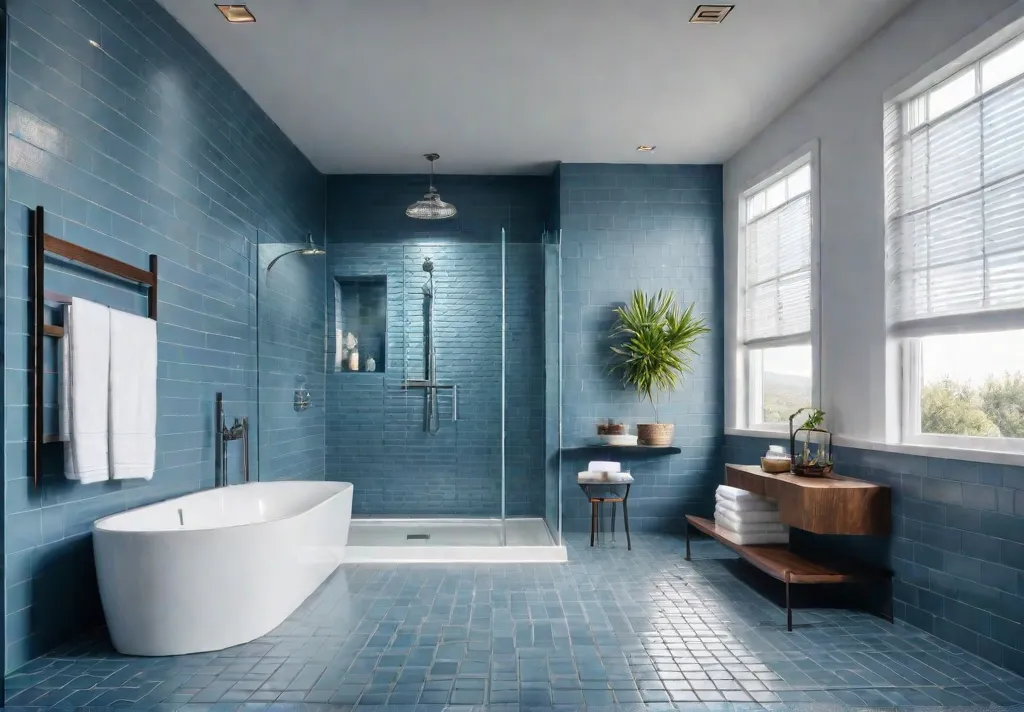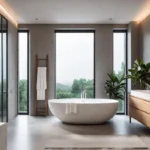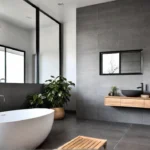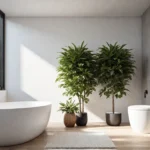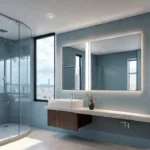Have you ever stepped into a bathroom and felt it didn’t fit you? Maybe the sink was too high, the shower had a tricky step, or the layout was confusing. If so, you’re not alone. Bathrooms that aren’t designed with accessibility in mind can be a real challenge for many people, including those with disabilities, older adults, and families with young children.
But it doesn’t have to be that way! Universal design is a game-changer when it comes to creating bathrooms that are both stylish and accessible for everyone. By incorporating key principles like equitable use, flexibility, and simple design, you can transform your bathroom into a space that’s comfortable, safe, and a joy to use.
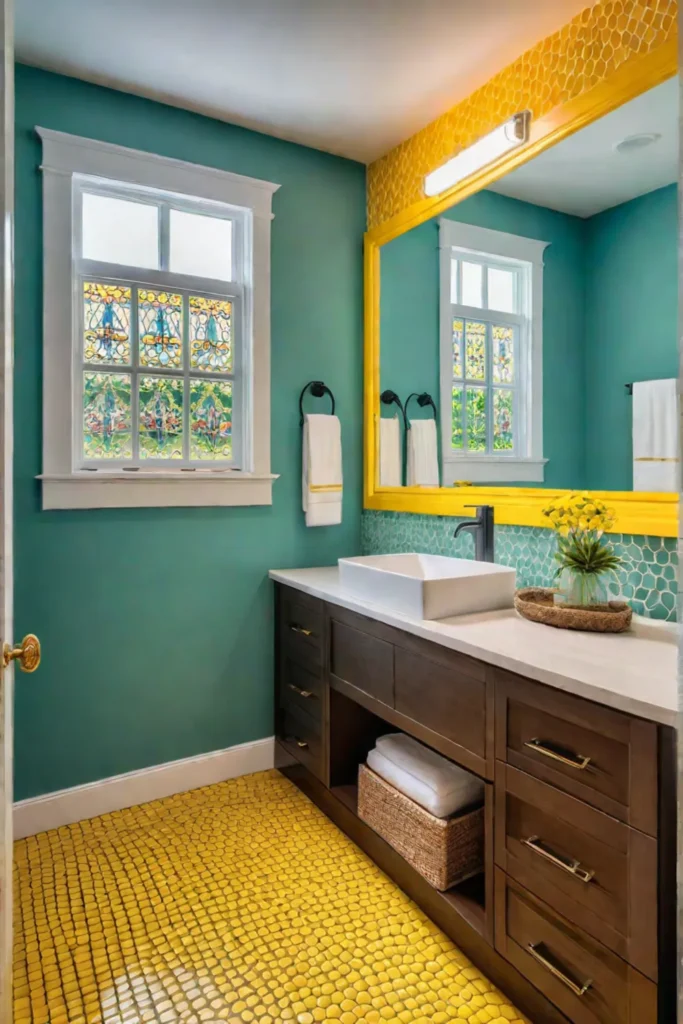
In this blog post, we’ll explore the world of universal design and share practical tips for making your bathroom a haven of accessibility and style. Whether you’re planning a renovation or just want to make a few upgrades, you’ll learn how to create a bathroom that caters to all your family’s needs without sacrificing the aesthetic you love.
Embracing Barrier-Free Features
One of the cornerstones of universal design is the incorporation of barrier-free features that make a bathroom accessible and easy to use. Think wider doorways, adjustable-height vanities, and curbless showers – these are just a few examples of how you can create a bathroom that’s welcoming to everyone.
For instance, consider a bathroom design with a curbless shower, built-in bench, and strategically placed grab bars. This setup allows for easy access and provides a stable, comfortable spot for those needing to sit while showering. Plus, the clean, seamless look of the curbless shower blends beautifully with the overall aesthetic.
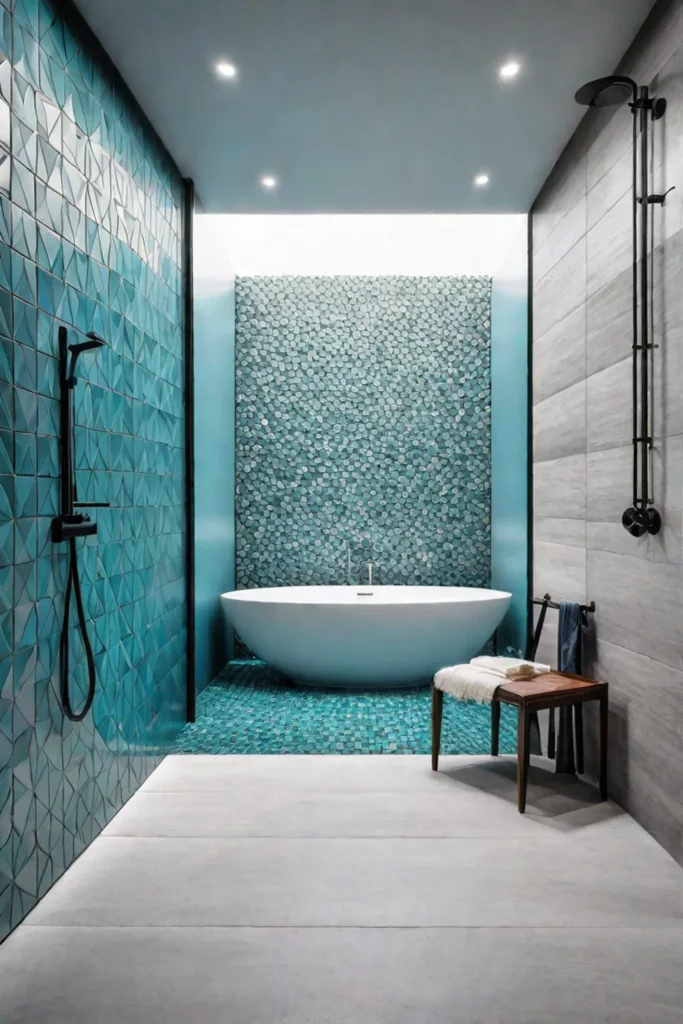
Another key feature to consider is the placement and height of your vanity and sink. Adjustable height options make it simple for users of different statures to access the sink, whether standing or seated comfortably. By positioning the vanity and sink in a corner or against a wall, you can create clear floor space for easy maneuvering.
Embracing Ergonomic Design
Ergonomic design is another crucial element of creating an accessible and user-friendly bathroom. By incorporating features that prioritize comfort, safety, and ease of use, you can make your bathroom a sanctuary for all.
Start by considering adjustable height fixtures and accessories, such as vanities, toilet seats, and showerheads. These customizable elements allow users to personalize the space, ensuring a comfortable and efficient bathroom experience.
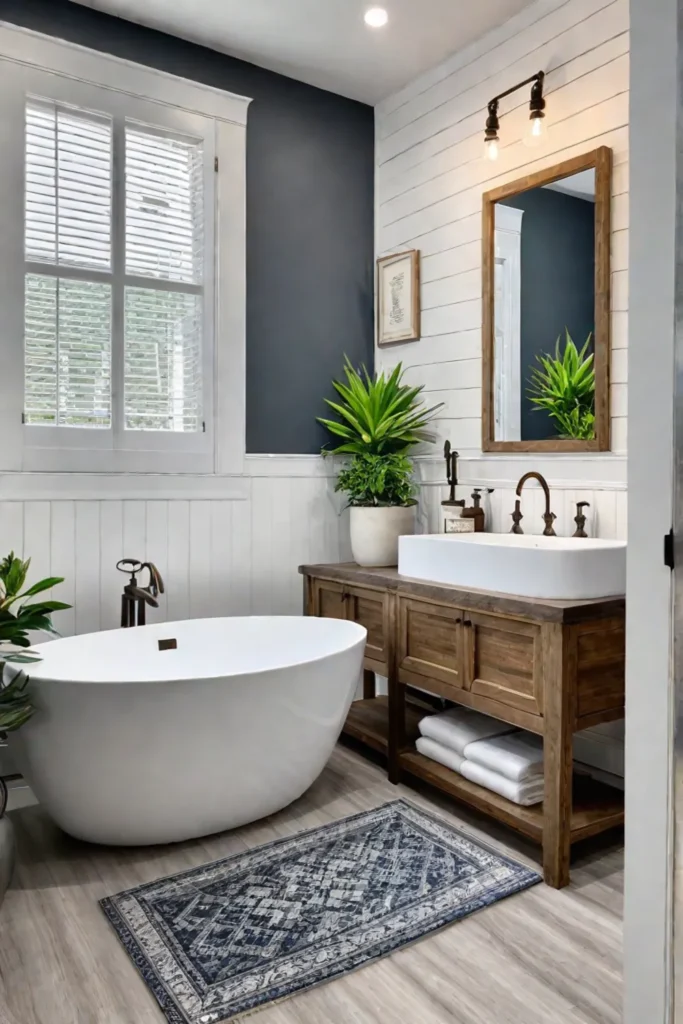
Thoughtful placement of storage and frequently used items is also key—position items within easy reach without requiring excessive bending or stretching. Pull-out shelves and drawers can make it a breeze to access what you need.
Remember the importance of slip-resistant flooring and surfaces. By selecting materials with good traction, you can help prevent falls and accidents—a crucial consideration for individuals with mobility challenges.
Embracing Adaptive Equipment
Adaptive equipment is another powerful tool in the universal design toolkit. These specialized fixtures and accessories can greatly enhance the functionality and usability of your bathroom, catering to a wide range of needs.
For example, height-adjustable shower heads and hand-held sprayers allow users to customize their shower experience. Mobility aids like shower chairs, transfer benches, and bath lifts can provide crucial support for those needing extra help getting in and out of the tub or shower.

The integration of assistive technology, such as voice-activated controls and smart home integration, can take accessibility to the next level. Imagine being able to adjust the water temperature or turn on the lights with the sound of your voice—it’s a game-changer for independent living.
Embracing Inclusive Aesthetics
Now, you might be thinking, “But won’t all these accessibility features ruin the look of my bathroom?” Not at all! In fact, with a little creative thinking, you can seamlessly blend form and function to create a stylish and inclusive space.
The key is carefully selecting finishes, fixtures, and accessories that complement the overall design aesthetic. For example, you could choose a sleek, modern vanity with an adjustable height or a curbless shower with a frameless glass enclosure for a clean, contemporary look.
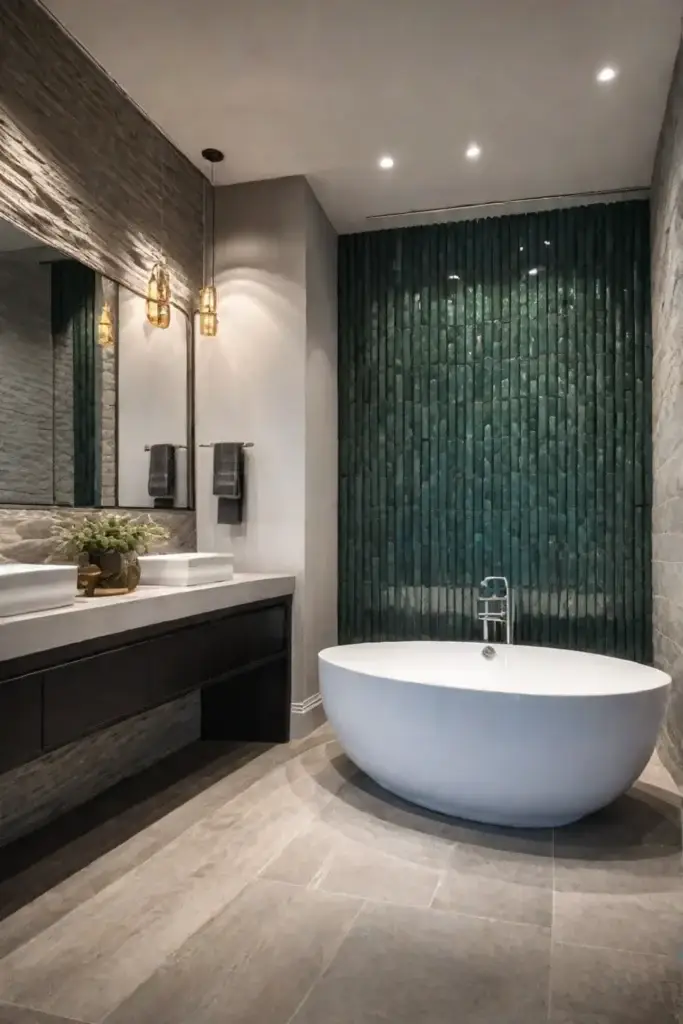
Don’t be afraid to play with color, texture, and lighting. Contrasting colors can make important features, like grab bars, more visible and easier to locate. Textured surfaces add visual interest, while strategic lighting can enhance the overall atmosphere and improve visibility.
Balancing Accessibility and Aesthetics
Of course, balancing accessibility and aesthetics can be a delicate dance. But you can strike the perfect balance with the right approach and a little collaboration with design professionals.
Start by identifying and prioritizing the most critical accessibility features for your needs. Then, explore design solutions that seamlessly integrate those elements into a cohesive, visually appealing space. From custom lighting to adaptive furniture and storage, there are countless ways to create a functional and beautiful bathroom.
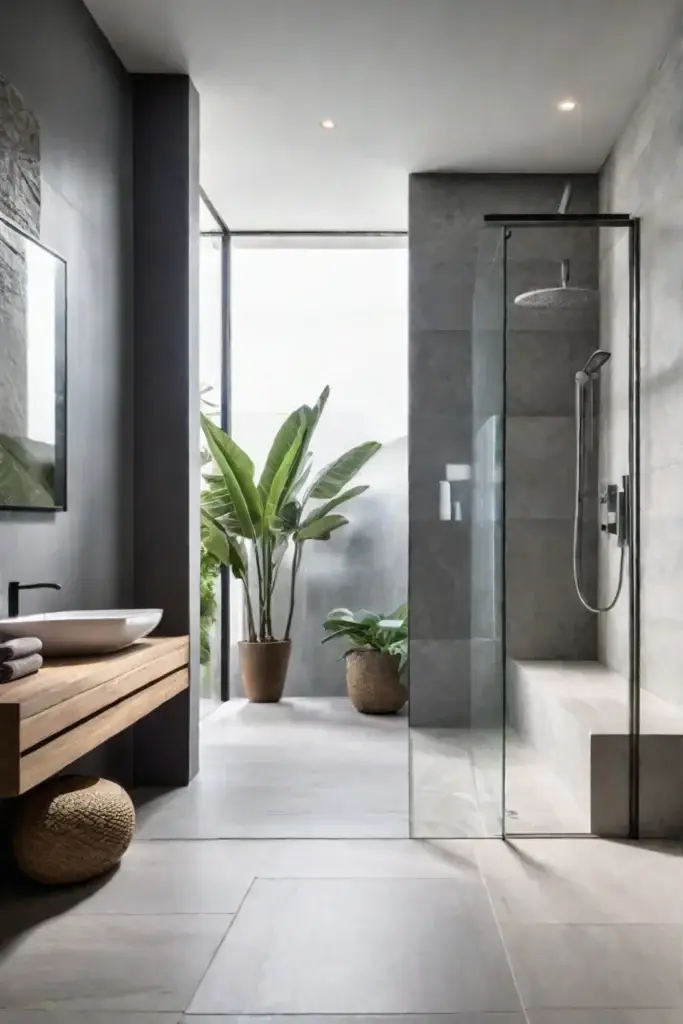
Don’t be afraid to lean on the expertise of design professionals. They can help you navigate the nuances of universal design, ensuring that your bathroom not only looks stunning but also caters to your and your family’s diverse needs.
Conclusion
Creating an accessible and stylish bathroom doesn’t have to be daunting. By embracing universal design principles, you can transform your bathroom into a comfortable, safe space and a true reflection of your style.
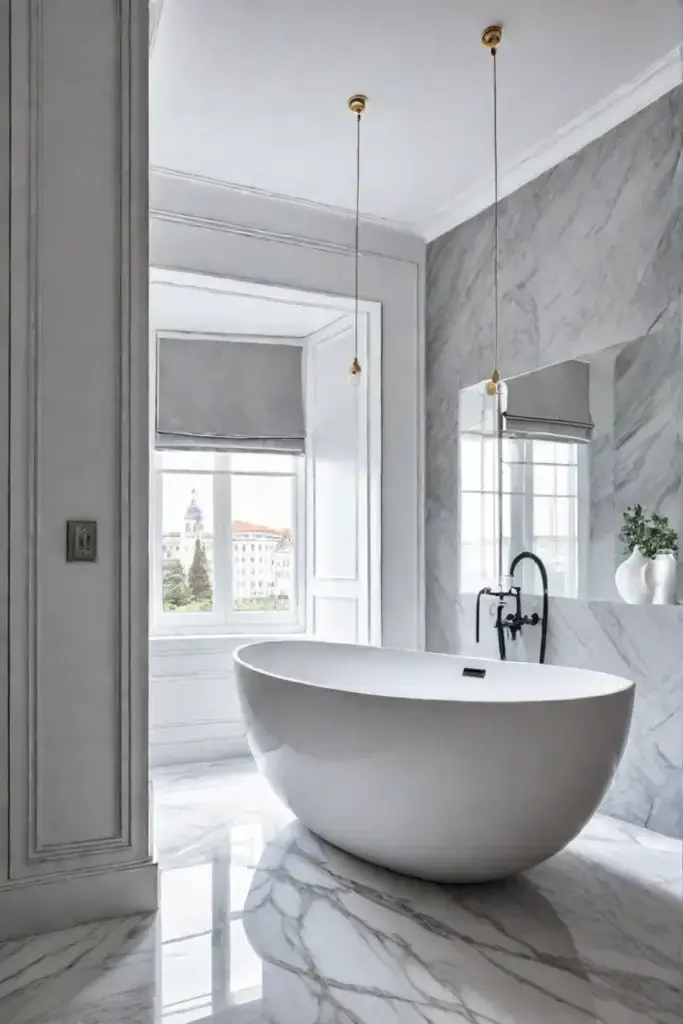
So, what are you waiting for? Start exploring the world of barrier-free features, ergonomic design, and adaptive equipment, and get ready to create a bathroom that’s truly welcoming to everyone. Your dream bathroom awaits!
